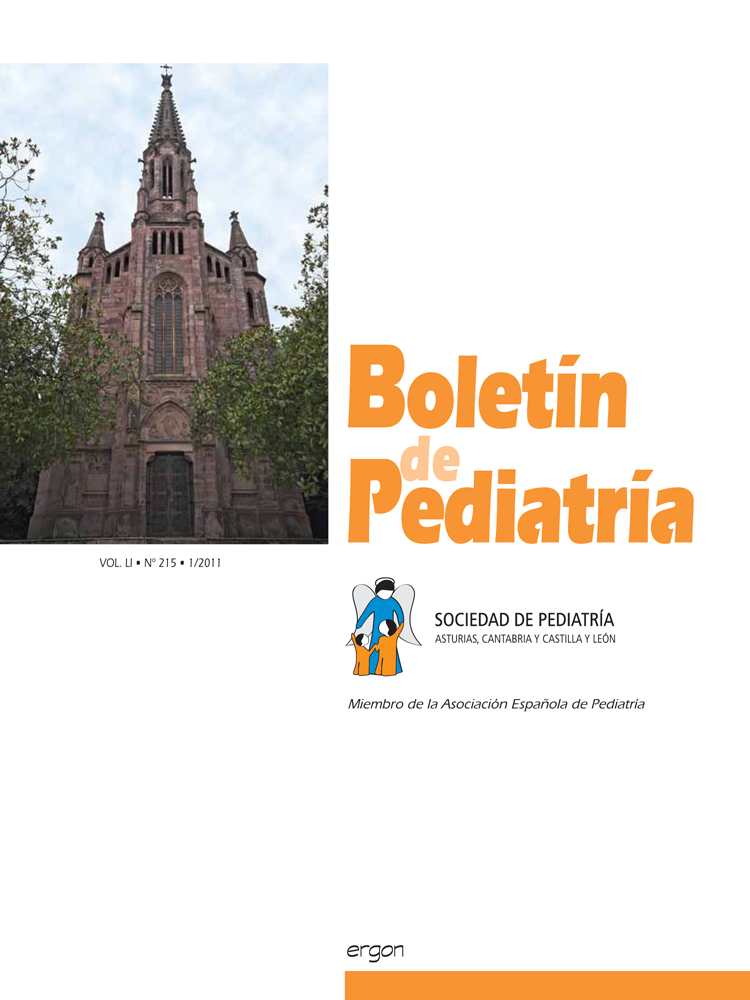Abstract
Objective. To study the reliability and consistency of measuring blood pressure in pediatric patients with aneroid and oscillometric devices of common use.
Methods. A cross-sectional was carried out, with evaluation of repeated measurements of blood pressure by different devices and observers in a sample of 121 consecutive pediatric hospitalised patients over 4 years old. The adequacy of cuff size used to the measures of perimeter and length of arm and its impact on the consistency between measures were analyzed. Means and differences of repeated measurements, intraclass correlation coefficients and Bland-Altman analysis were estimated.
Results. The measurements with the oscillometric device exceeded those of the aneroid (2.6 units for systolic and 1.5 for diastolic). The difference between methods was associated discreetly to a mismatch with respect to arm circumference, both for systolic pressure (mean overestimation of 2.55 mmHg) and for diastolic (mean overestimation of 2.44 mmHg). The agreement between repeated measures was high and between devices acceptable. Mean differences and their concordance intervals ranges were for systolic blood pressure of 2.6 mmHg (-8.3 to +13.5) and for diastolic 1.5 mmHg (-11.4 to 14.4). All differences were suitable for the A grade of the British Hypertension Society, except for the criterion of 5 mm Hg of the diastolic blood pressure (Grade C).
Conclusions. Considering the acceptable accuracy, ease of application and the objectivity of oscillometric devices, they seem recommendable for use as a common screening method, though, while the validity of their measurements was not clarified, whether they are at abnormal levels, should be confirmed with other instruments.

This work is licensed under a Creative Commons Attribution-NonCommercial 4.0 International License.
Copyright (c) 2011 Boletín de Pediatría
